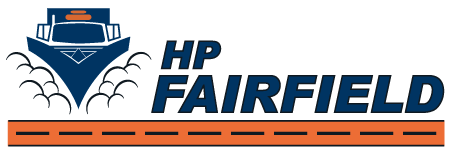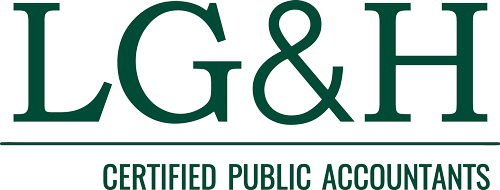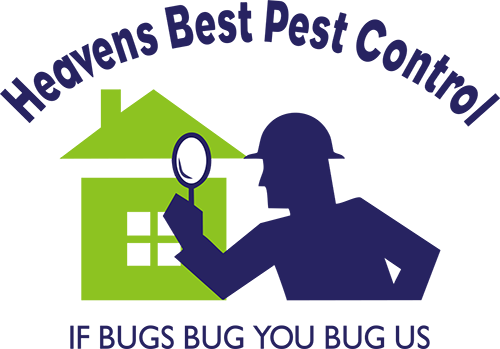How to Build a Conversion Path

When it comes to your marketing strategy, you should have in mind an action you want your potential customers to take. This action is known as a conversion. You can use conversions to analyze and improve your marketing strategy and website accordingly.
Before your lead gets to the point of conversion, however, there are a set of steps they must take. Your potential customers follow these steps through your website and help them interact with the content you provide them. These steps are called a conversion path. You may be wondering, “how do I build a conversion path?”
Here are four steps to building a conversion path:
1. Create Awareness
First, you must create awareness. You need a design element on your website to attract visitors to your offer. These catch the viewer’s eye with the use of bright colors or placement on the page of your website. For example, a button or a pop-up form can serve as this element.
Along with attracting the visitor’s attention, this element needs to show them you can answer their questions or offer some value to their experience. Remember, this visitor is coming to your website for a reason. They have specific questions or concerns that they’re coming to you to answer.
Also, consider acquisition. This is how the user became interested in your site to begin with, why they are there, and where they came from. The behaviors are the actions taken to satisfy the “why.” How they get there determines where to set the conversion path. Think of it as a highway with traffic coming from all directions and a billboard showing drivers to the proper exit.
For example, if you own a restaurant that has social media posts showing the day’s specials, you wouldn’t link to your homepage or contact form. Instead, link to the menu, specials, or online ordering page. If traffic comes in through the homepage, put a call-to-action to link directly to the menu, specials, or ordering page. Any of these could serve as your landing page.
2. Set Goals
Determine your end goal. Every path has a desired endpoint. Your conversion path is no different. If you link to and redirect your visitors directly to a document using a button, then that’s a single-step conversion path.
Identifying your end goal early supports the long-term success of your conversion path and any improvements it may require in the future. Typically, a conversion path requires website visitors to complete a series of steps.
For example, your goal may be for more visitors to your contact form. If that is the case, you should design your website to lead to this point. You should also have a clear call-to-action button on your homepage that leads them to the form.
Then, design the contact form to make it easy to use and therefore drive more conversions. If users find this process too difficult, they will leave your site and increase your bounce rate.
If your conversion path involves a multi-step process, ask yourself the following questions:
- Where does it attempt to guide the visitor?
- What is the most important action that they take?
Keep in mind that your goals may vary depending on the tools available to you and which you use. For example, a button could take visitors to a form. A chatbot could provide resources. You can also have data-driven goals like acquisitions or bounce rates. There are many possibilities, you just need to find the one that’s the best fit for your goals.
3. Create an Experience
In step one, you designed an element to kick off the conversion path. Then, you identified where you wanted the visitor to end up. Now, you need to create the experience that occurs in between. There are where visitors take the steps you want them to take that lead them towards becoming customers.
Think about how to create the best flow through your website to tie the experience together. Experiment with different tools as you work out what’s best for your potential visitors. Landing pages might work best for certain offers. However, you may find methods like chatbots deliver content in a way that delights visitors.
4. Analyze Your Data
Like with any other piece of marketing data, you must analyze your conversion path. After the conversion, your visitor will either have their questions answered, enjoy your offer, or leave delighted. Your work doesn’t stop there, however. Now, you must check how your conversion path performs in real-world situations.
After about four weeks, check in with your reporting. Does the number of conversions align with your goals for this specific conversion path? If so, great! If not, think about ways you could experiment and improve the conversion path. Consider what actions you want your leads to take and how you can make them easier.
Need Help Building Your Conversion Path?
At Links Web Design, we understand that you have goals and want to do everything that you can to meet them. We also understand that you may need help in meeting these goals. If you need help building conversion paths or otherwise meeting your marketing goals, contact us for a free consultation.
Links Web Design is a marketing agency in Bangor, ME, and Fruitland Park, FL.









